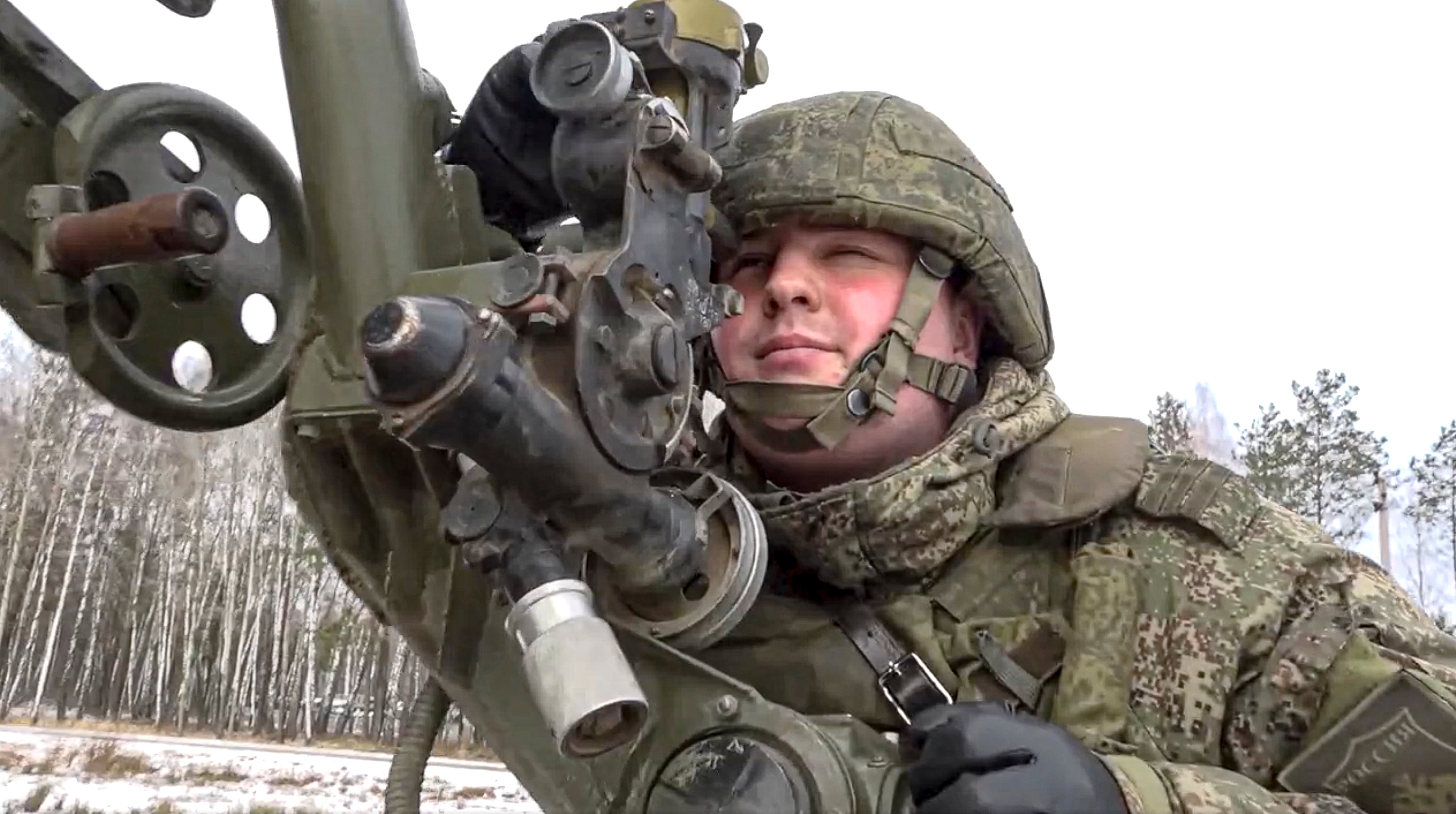The State Department has warned any Americans living in or visiting Ukraine that they should plan to leave the country as soon as possible, while working diplomatic channels to head off a possible Russian incursion into that country.
But if all fails, some of the U.S. troops who have been deployed to NATO countries will be on hand to help out, Pentagon spokesman John Kirby told reporters on Wednesday, partially confirming a Wall Street Journal report about 82nd Airborne Division troops setting up tents and checkpoints in Poland.
“I can’t rule out the fact that these soldiers could be used to some degree with evacuation assistance on the other side of that border, and certainly they’re going to be prepared to do that,” he said.
Fewer than half of the 1,700 soldiers activated for deployment to Poland have arrived as of Wednesday, Kirby said, adding that they were chosen because of their rapid response time and the variety of missions they train for.
One of those missions “could very well be preparing for some sort of evacuation assistance on the Polish side of the border,” he reiterated, adding that he could not confirm the WSJ report on setting up of temporary housing for evacuees.
There are currently no active military efforts to evacuate anyone out of Ukraine, he said.
RELATED

A Stryker unit based in Germany has begun making its way to Romania, Kirby said. Members of the XVIII Airborne Corps, including Lt. Gen. Erik Kurilla, flew to Germany on Wednesday, joining troops who began arriving over the weekend.
In total, roughly 3,000 U.S. troops will be deployed as part of a U.S.-led effort to reassure allies. Another 8,500 have been put on shortened prepare-to-deploy timelines stateside, most of whom would join NATO’s 40,000-person response force it if is activated.
None of the troops heading to Europe, or who might head to Europe, would be deploying to Ukraine or preparing for any type of combat scenario. Neither are there plans for U.S. troops to help get Americans out of the country.
“We’re not talking about a classic non-combatant evacuation operation ... that’s not what’s envisioned here,” Kirby said. “It doesn’t need to come to that. If things work out the way they should, there won’t be any reason for them to handle evacuees, because there won’t have been an invasion.”
Meghann Myers is the Pentagon bureau chief at Military Times. She covers operations, policy, personnel, leadership and other issues affecting service members.





